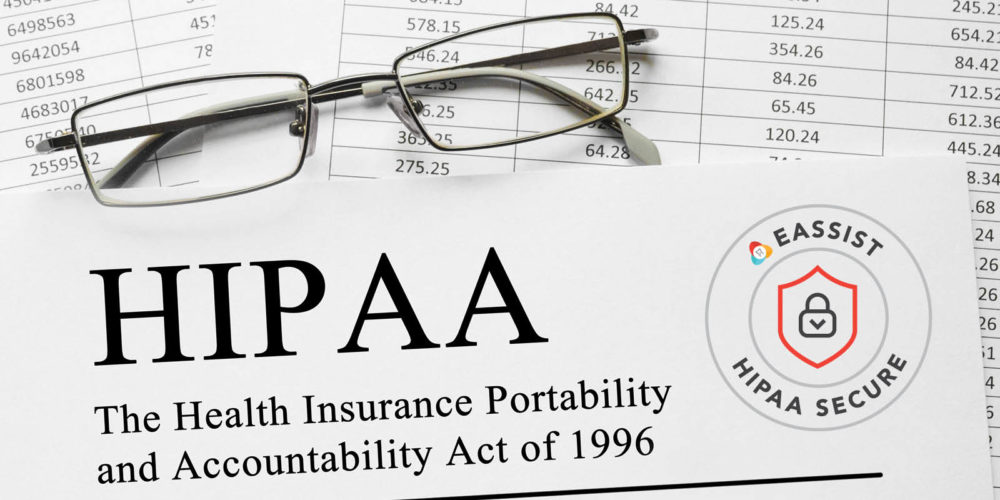Some Ways to Manage Overhead in a Dental Practice
Overhead expenses greatly affect the amount of revenue dental practices can earn. Some overhead expenses in clinics are labor, “rent, gas and electric, supplies, lab costs, accounting, marketing, equipment, and all other major investments” (Levin 2018). Short term expenses, such as “labor, facilities, insurance, etc.,” usually remain consistent, but they can still change in the long term (Dykstra 2013). Expenses that usually fluctuate in the short term can include lab bills, supply bills, marketing, and contract labor (Dykstra 2013). These expenses can affect the practice’s earnings (Levin 2018). While practice owners could apply reasonable raised prices for their procedures and/or increase production by scheduling new patients to offset their expenses, they could also adjust their overhead (Geier 2015; Goodman 2016).
Owners can manage their overhead through a variety of ways. Dentists could reduce some categories of overhead—or even just a substantial adjustment to one area—in order to increase their revenue (Levin 2018). For instance, if they spend too much on staff, then the dentist could terminate an employee (Levin 2018). Regarding supplies, dentists should take advantage of accepting “free offers,” “receiving credit for suppliers’ mistakes,” negotiating with their suppliers for decreased prices, participating in loyalty or rebate programs, comparing prices with other suppliers, etc. (Radz 2018). They should still research and buy affordable yet high quality products for their procedures, while purchasing “the cheapest brands of noncritical items, such as cotton rolls and disposable barriers” (Radz 2018). They could also consider more affordable labs for their practice, especially since restorations from labs overseas, for instance, can be “as good or sometimes better than what [their] local lab can provide—and at a far cheaper price” (Radz 2018). However, going with a cheaper laboratory vendor may result in decreased “efficiency and accuracy…” (Levin 2018). Regarding their insurance costs, owners should “[work] with [their] insurance agent to review coverages and premiums for potential savings” (Levin 2015). In addition, they should check if they can reduce utility expenses, which includes “Internet and telecom,” since “[providers] usually offer different options and packages that can result in savings” (Levin 2015). Owners should also spend their overhead marketing to long-term patients instead of patients that look for discounts and never return to the practice for a second appointment (Horrocks and Dilatush 2015). In this case, their marketing could instead “[offer] an explanation of the benefits of today’s dentistry, [the owners’] conveniences, [their] technologies, [their] public relations assets, and how [they] make dentistry more affordable for the family” (Horrocks and Dilatush 2015). Owners should examine their profit and loss statement, which contains “business revenue, costs, and expenses from the past 12 months” in order to address the expenses that would affect their profits for next year (Reische 2016).
Owners should look at their overhead expenses closely in order to “make the decisions necessary to keep control of expenditures and ensure practice success” (Levin 2018). Though, cuts to overhead should not compromise the quality of the procedures and services dentists provide for their patients.


0 Comments